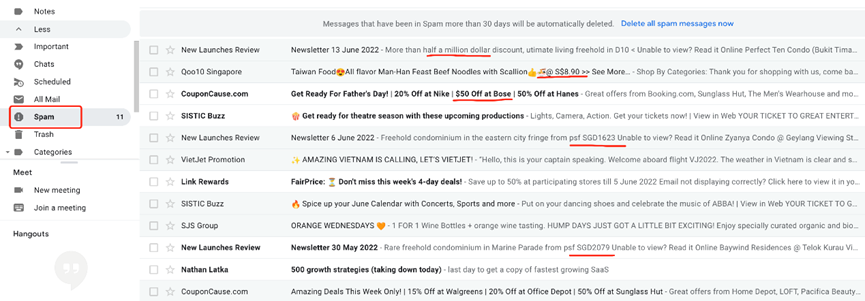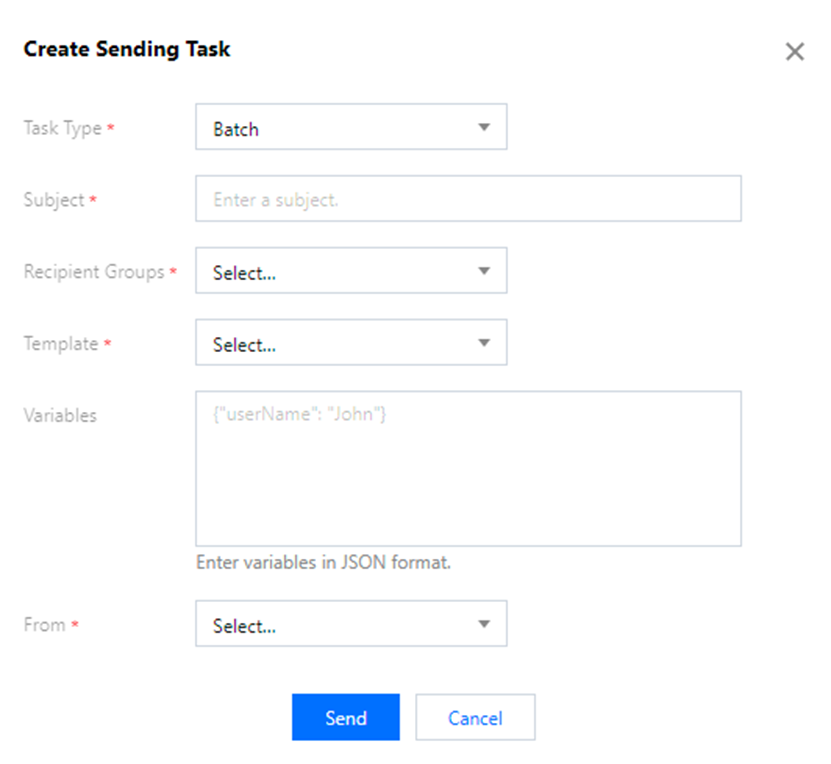How to Increase Your Marketing Email Open Rate with Tencent Cloud’s Simple Email Service
The email open rate is of great concern to EDM marketers as well as one of the most crucial metrics for evaluating the effectiveness of their marketing. When an email is delivered, we care more about the follow-up conversion, which is the ultimate goal of email marketing. Ideally, recipients receive, open, and read emails, and are then guided to the product page or campaign page.
Well, increasing the open rate is no easy task. When you find it increasingly hard to attract users just with subjects that promise promotions and benefits, why not have a try at the following five proven methods to improve the open rate?
1. Find the optimum send time
Surveys have shown that 23.63% of the emails are opened within the first hour after delivery, after which the open rate slumps as time goes by, and after 24 hours, the figure is approximately 0%.
Therefore, it is important to understand the habits of your recipients, as emails sent to them when they are using a computer or mobile phone are more likely to be opened. Generally speaking, 8:00 to 9:00 AM and 3:00 to 4:00 PM on workdays promise a high open rate and the possibility to sell.
It's better to avoid sending marketing emails during peak hours on workdays, at weekends, or during holidays. Consider the characteristics of the industry you are in and the user habits, adjust your strategy based on specific data feedback, and then determine the optimum time to send emails. Note that due to time differences, the optimum time may vary by country and region.
2. Use the right sender's name and address
The sender's name and address matter, as they tell the recipients who sent the email. Statistics have shown that 73% of email recipients decide whether to open an email based on the sender's name. An email may be ignored or even reported as spam if the sender is not recognized. Thus, use a highly recognizable name as the sender's name, such as your brand name.
3. Create an appealing subject line
The survey by a data research agency has shown that 69% of email recipients decide whether to open an email based on the subject line. Choose a subject that is relevant to your offering. This can make recipients feel connected and confident.
(3.1) Consider local weather, news, and other special factors
When your users are experiencing summer, a food promotion email themed "Wanna an icy and refreshing ice cream?" is more likely to be opened, as it is highly relevant to the current situation. It's natural that people always pay more attention to what can be related to themselves. You may wonder why email marketing during holidays failed your expectations. Well, users are flooded with emails of this kind during holidays, which are not tailored for regions or users, just like yours.
(3.2) Say no to keywords common in spam emails
Many merchants wanted to make their emails stand out from others by using phrases such as "free of charge" and "order now" or currency symbols such as "$" and "¥" in the subject. Surprisingly enough, it's these phrases and symbols that hit the alarm rules in the spam filter and drive recipients away. Emails of this kind are filtered out and cannot be delivered as expected; therefore, avoid talking to users in a grandiloquent language.

(3.3) Build a sense of urgency
Generally speaking, interested users are more likely to open the email and act immediately if they are implicitly told that products, promotions, or services are offered with limited availability. However, remember not to indicate the date in the subject line of the email in case it is rendered as expired by those who check their emails every few days.
(3.4) Add a personal touch
Add the name, city, or other variables sensitive to users in the subject line, so that they will feel an urge to open the email and try to figure out what's there for them. This may also help build trust after users become aware that they have provided their basic information to you. Tencent Cloud Simple Email Service (SES) makes it easy to insert variables during bulk emailing. For more information, see Simple Email Service | Tencent Cloud .

4. Perform A/B testing
A/B testing helps you figure out a better email design by comparing the test results. For example, to determine the best email subject line, you can randomly split your recipients into two groups and email them in two different ways of A and B. Variables that affect the open rate include the sender's name, email subject, send time, and recipient's profile, each of which is tested during a separate round.
5. Determine the appropriate send frequency
Find a fine line between being annoying and just helpful. You can query the data about your previous bulk email sends and group your recipients by email open frequency. Then you will have a high-frequency group and a low-frequency group. Email the former frequently but the latter less frequently to be on the right side of the line. This keeps recipients from being unpleasant and saves marketing costs. Conduct regular review activities and make optimizations accordingly.
Our next topic will focus on how to warn up your IP address for emailing. Stay tuned!




























